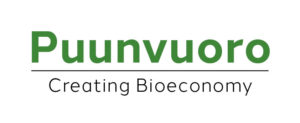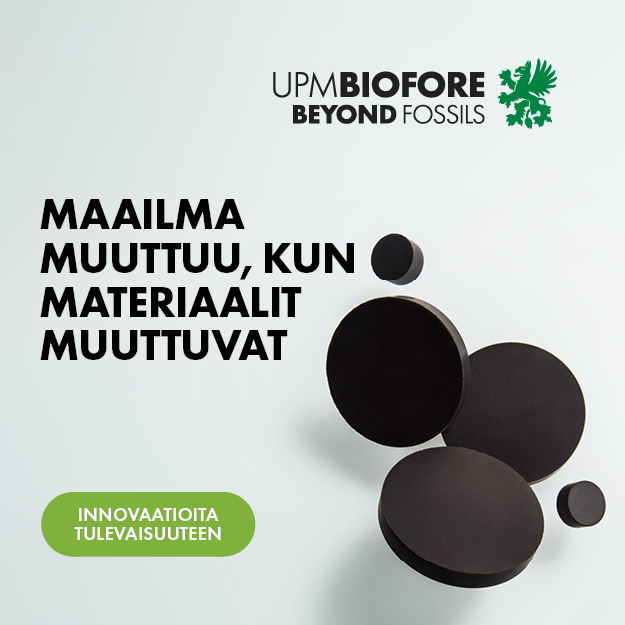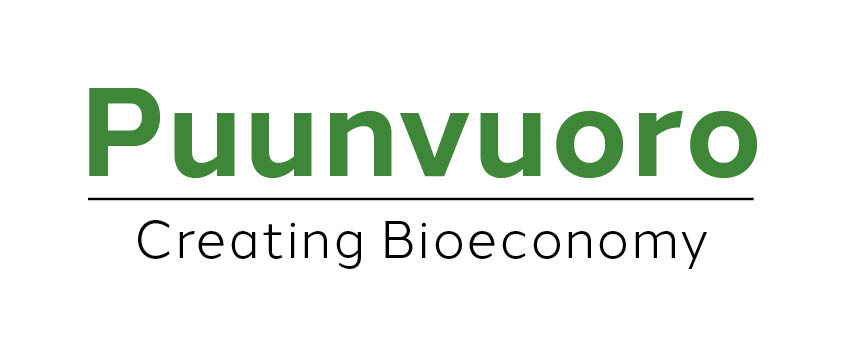New commercially significant uses are sought for lignin, a by-product of pulp mills and biorefineries. The purpose of the four-year LigniOx project is to demonstrate the lignin oxidation technology developed by VTT.
“LigniOx is a simple and cost-efficient method with which lignin is made soluble using oxygen in alkaline conditions. The method uses molecular oxygen and lye, which means that pulp mills, for instance, use the required chemicals already in their processes,” says Anna Kalliola, Senior Scientist at VTT.
Soluble lignin can be used, for example, as a concrete plasticiser or an additive in paints and coatings. The future market is very extensive. Concrete plasticisers have been selected as the first products to be developed in the project.
“As a concrete plasticiser, lignin replaces oil-based additives with which the workability of concrete is improved. According to preliminary research, lignin works very well for this purpose, and as a renewable raw material, it’s a more environmentally sustainable choice and also more affordable than the current fossil plasticisers.”
Entire value chain involved
The technology has already reached a point in which the project coordinated by VTT is creating preconditions for starting commercial production. The participating business partners cover the entire value chain from manufacturing the raw materials to introducing the end product to the use of customers.
“Our partners include biorefineries that produce different types of lignins: Metsä Fibre produces lignin as a by-product of cellulose, Italian Biochemtex manufactures bioethanol and supplies hydrolysis lignin, and the Finnish ST1 produces lignin also as a by-product of bioethanol. The French CIMV produces organosolv lignin.”
In addition to raw material producers, the project includes the equipment manufacturer Andritz that builds a movable pilot device to test the method in plant circumstances. The chemistry industry is represented by Dow that will finally sell the ready concrete plasticiser to customers. Participants also include companies who create life cycle reports and other necessary support functions required in the commercialisation process of a new product.
“All parties have their own distinct roles, and as everyone has the same interest, it’s easy to work together for a common goal. The objective is to have the products on the market in a year or two after the end of the project.”
LigniOx – Lignin oxidation technology for versatile dispersants. The four-year (May 2017–April 2021) project has received funding from the BBI JU – Bio-Based Industries Joint Undertaking working under EU’s Horizon 2020 programme, contract n:o 745246.
Text Katariina Krabbe
Photo Shutterstock



